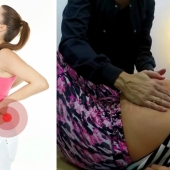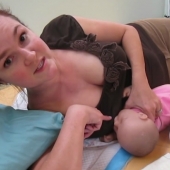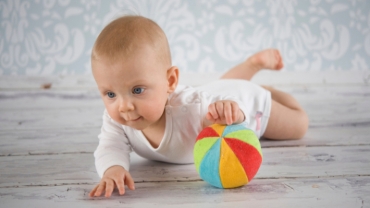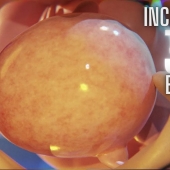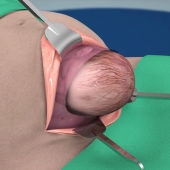The first step of your baby’s journey probably took place before your labor even began. Engagement is when your baby’s head settles into your pelvis and is sometimes called “dropping” or “lightening.”
The next step is called “descent,” and it happens while you’re contracting and pushing. The baby’s head may move a little to the left or right, and her chin up or down, as she shifts until her head is in the right position to continue her downward descent.
Once she’s in the correct position, “flexion” begins. Your contractions and the bones of your pelvis put a small amount of pressure on your baby’s head. This pressure pushes her chin into her chest. Her head gradually rotates toward your pelvic bone as her head descends deeper into your pelvis. This allows the back of your baby’s head, the widest part, to pass through the widest part of your pelvis.
The next step in your baby’s monumental journey is called “extension.” As your contractions exert downward pressure and your pelvic muscles exert upward pressure, your baby’s head changes position. Her head, which was curled forward against her chest, is now extended backward as if she’s trying to look up at the sky. At this point, your baby’s head emerges from your body.
The next step, called “external rotation,” is when your baby turns her head to line it up with her shoulders. This is when you may possibly hear that first cry. The last amazing step in your delivery is called “expulsion.” The pressures caused by your contractions rotate your baby’s shoulder under your pubic bone and upward. After the baby’s shoulders come out, the rest of the body quickly follows, resulting in the birth of your beautiful baby.
- 5928 views

